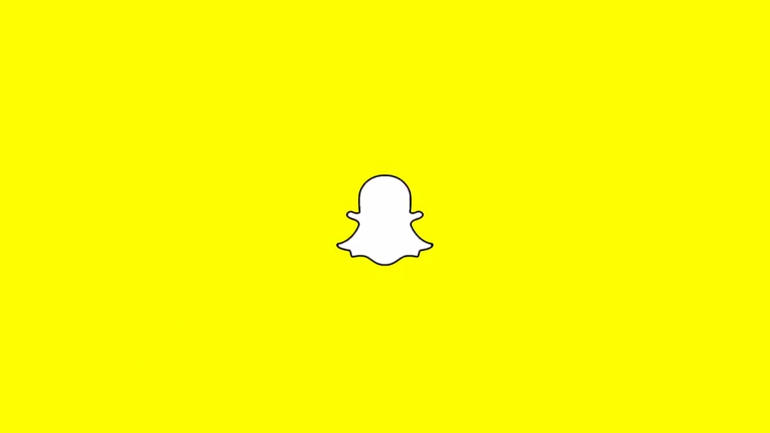Vert Blog
When Creative and Media Collaborate, Everyone Benefits
Recently at Vert, the paid media team hosted a 2-hour-long boot camp centered around debunking the sometimes mysterious process of trafficking digital ads. It gave a behind-the-curtain look at what they do on a daily basis, from MAF spreadsheets to targeting to software. This conversation connected the content team, the creative team, and the account strategy team. At Vert, each one dances within the larger group’s choreography, and no one dances alone.
With open communication and a greater understanding of the overall project, I’ve learned the importance of asking:
- Who am I designing for?
- Why am I designing this?
- Where do my designs go?
- How will my designs perform?
- Why am I iterating this design for the 14th time?
Sure, I could go on never asking these questions, but I’d miss a key pieces of the puzzle. By opening the lines of communication, the media team can come to your rescue to fill you in on things that you never even knew were missing.
Terminology
A good starting place is understanding some common media terminology. I’ve created a short cheat sheet of these commonly used media terms to make the world of paid digital media a little less intimidating:
A/B Testing is a process where two or more different ads are tested to see which performs better. We test a bunch of different things including copy, creative, audiences, and calls to action. Ultimately, users will tell us which ad resonates with them the most through their behavior.
Attribution is the process of identifying a set of user actions that contribute in some way to a conversion. This information allows the team to optimize media spending for conversions and compare one channel/platform against another.
Click-Though Rate (CTR) shows how often people that see your ad click on it. A high click-through rate is typically a good indication that users are interested in your ad.
Conversion Pixel is really just a piece of code embedded into a website to track visitors’ actions. It helps gauge the ROI of ads by reporting on the actions people take after viewing them.
Conversion Rate is the average # of conversions you gain per ad click. It is calculated by taking the number of conversions and dividing it by the number of total ad clicks.
CPM / CPC / CPI
- Cost-per-mille (CPM) is calculated by taking the cost for every thousand potential customers who view the ad.
- Cost-per-click (CPC)is the cost for every click a on your ad in a pay-per-click campaign.
- Cost-per-install (CPI) are used in campaigns specific to mobile application installs.
Understanding A/B testing, media concepts, process, terminologies, and formulas change our perspective on how we are designing. It moves the lens from design as aesthetic to design as science.
Through research, optimization, and measurement, the media team adds an analytic layer to the creative process. You could say that they use data much like designers use colors and pixels. Creatives often frame opinions with “this variation feels more successful”, and the media team can frame the same sentiment with facts: “this variation out-performed all others.”
We have to remember that we are creating complementary work to the media and content teams’ strategic agendas. We are agents for improvement upon the message to the consumer. A message shouldn’t be tripping over the designer . Understanding media goals/processes should be a step we take to become better designers in the commercially-driven world.
We have to be proactive in asking the questions in the face of new projects, but also proactive in asking ourselves. When you are active in the process, everyone dances in step. Good team chemistry, understanding, and empathy become renewable resources that feedback into themselves. When creative and media teams talk, everyone benefits!

